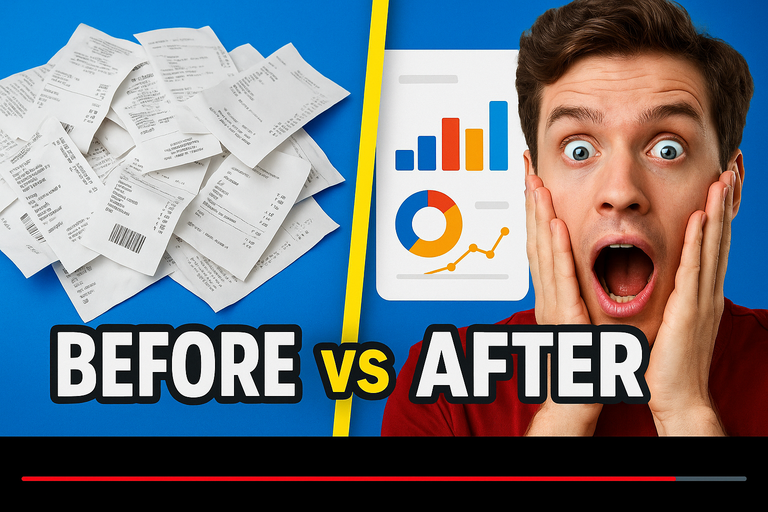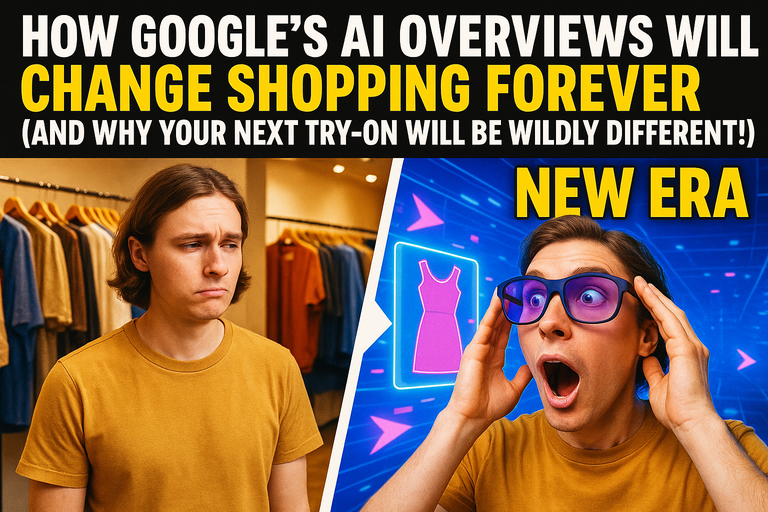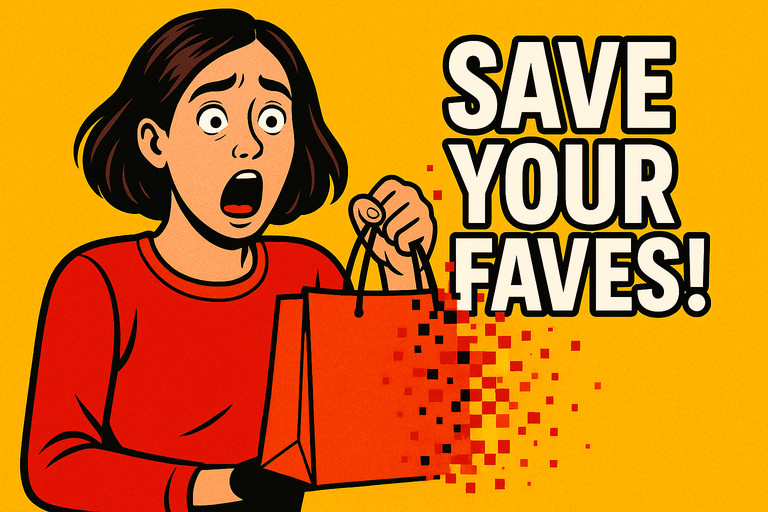
You’ve seen the flashy ads, the slick product shots, the sponsored posts flooding your feed. But here’s a shocker most brands don’t want to admit: Half the time, they’re just guessing which images (and dollars) are really driving your clicks—or your purchases.
Sound unbelievable? According to the recent Search Engine Journal article on paid media reporting for ecommerce, even top-tier ecommerce brands struggle to connect their marketing spend to actual sales. The culprit: messy attribution models, overloaded dashboards, and a lack of truly personalized shopping insights. In a world obsessed with measurement, most brands are still in the dark.
The Attribution Puzzle: Are Your Ads Really Working?
Imagine spending thousands on paid ads, only to realize later you have no idea which campaign actually convinced customers to hit “buy.”
- Are people influenced by your first ad, or the last one they see?
- Do they care more about seeing the shoes on a model, or picturing themselves in them?
- Is all this data just noise, or can it reveal the real buying triggers?
The SEJ article dives deep into why attribution is the headache for ecommerce marketers. Multi-touch models, MMM (marketing mix modeling), incrementality testing… it’s enough to make any shopper’s (or brand’s) head spin. But here’s where things get juicy: The most game-changing insights don’t just come from dashboards—they come from the customer’s own experience.
Enter Visual Shopping: The Data-Driven Future You Can Actually See
If you’ve ever wished you could see yourself in those sunglasses, or picture those headphones on your own head before buying, you’re part of the visual shopping revolution. And guess what? This trend is upending how both brands and shoppers measure success.
According to the article, knowing “which paid media channel gets credit” is only half the battle. The other half? Understanding what really makes you stop scrolling and start shopping. In 2025, the answer is clear: personalization you can see.
The Power of Seeing Yourself—Literally
Let’s get real. Would you trust a product more if you could slap your selfie into the image and check the vibe for yourself? That’s not sci-fi anymore. Chrome extensions like XP9 are putting this power directly in shoppers’ hands.
Here’s how it works:
- Upload your own image — See how you’d look with (or in) the product, right inside Amazon product photos.
- Try before you buy — Visualize sizing, colors, and fit. No more buyer’s remorse.
- Data goldmine — For brands, this generates completely new kinds of insights: which images, angles, and personalization triggers actually make people click “Add to Cart.”
And shoppers? You're not just another number on a spreadsheet. Your experience is fueling a smarter, more transparent shopping ecosystem.
Why Attribution Is Changing Forever
Remember all that attribution theory from the SEJ article? Visual shopping tools like XP9 are blowing up the old models. Why? Because now, it’s not just about tracking clicks—it’s about tracking engagement with your own image in the buying process.
- Did the customer use the preview tool before purchasing?
- Which product angles or backgrounds converted best?
- Are personalized previews linked to higher ROI?
With this level of insight, brands can finally stop guessing. And you—yes, you!—can finally trust the data behind your online shopping decisions.
The Smart Shopper’s Edge: How to Make Attribution Work for You
So, how can you (and your favorite brands) ride this new wave of visual, data-rich retail?
- Demand Transparency: Insist on brands that use next-gen preview tools and actually measure what matters to real people—not just ad bots.
- Try the Tech: Jump into the future by testing extensions like XP9’s Chrome extension for your next Amazon spree. It’s easy, free to try, and gives you the superpower of previewing products as if you’re in the ad.
- Share Your Experience: Let brands know what visuals help you decide. Are you swayed by user-generated images? AR fits? Your own selfie with those shoes?
The Bottom Line: Stop Guessing & Start Seeing
The era of fuzzy metrics and vague returns is ending. With powerful visual shopping tools now in your hands (and in your browser), both shoppers and brands can finally see what works—literally and figuratively.
So, the next time you’re scrolling through product photos or clicking on a sponsored post, ask yourself: Am I making this decision with my own eyes—or based on someone else’s guesswork?
Ready to see yourself in the products you love before you buy? Check out the latest tech at XP9’s official site and join the future of data-driven, visually empowered shopping.
How do you think visual previews will transform your own shopping (and brands’ marketing) over the next year? Drop your thoughts below and let’s get the conversation started!


